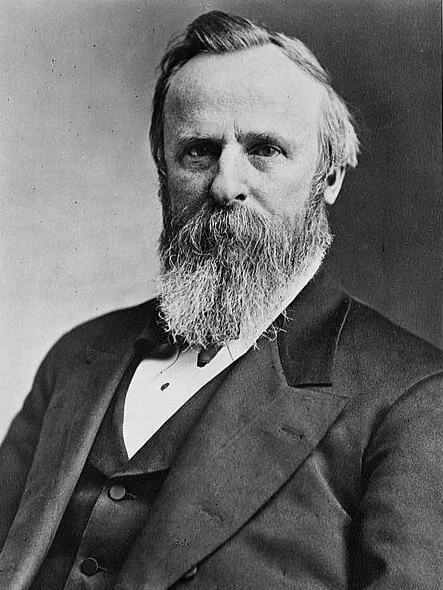
Introduction
The American presidential elections of 1876 and 1916 both helped define their respective eras. In 1876, Rutherford B. Hayes became president after disputed electoral ballots from Southern states were resolved by an electoral commission and was sworn in only by agreeing to a deal with the Democratic House to remove federal troops from the South, effectively ending Reconstruction. In 1916, America faced an uncertain future as War loomed across the Atlantic and domestic unrest about peace became the new normal. This website explores these two intriguing chapters in American electoral history.
The 1876 Election
Samuel J. Tilden
Democrat of New York
Rutherford B. Hayes
Republican of Ohio
Was the Election of 1876 Stolen?
After initial tallies giving Tilden the victory, disputed results in three states threw the result of the election into disarray. The winner wasn’t decided until four days before the inauguration. And after months of arbitration, the election was given to Rutherford B. Hayes, reversing the initial results. How did the results of the election reverse? Click below to find out.
The 1916 Election
Woodrow Wilson
Democrat of New Jersey
Wilson’s Win or Hughes’ Loss?
Charles Evans Hughes
Republican of New York
America was divided on whether or not to enter the World War breaking out across the Atlantic. President Woodrow Wilson had been relatively popular in his first term, but relations with Congress were souring quickly. Republican Charles Evans Hughes, one of the most qualified presidential candidates in U.S. history, challenged Wilson for the Oval Office, but failed to get Wilson out of office.





